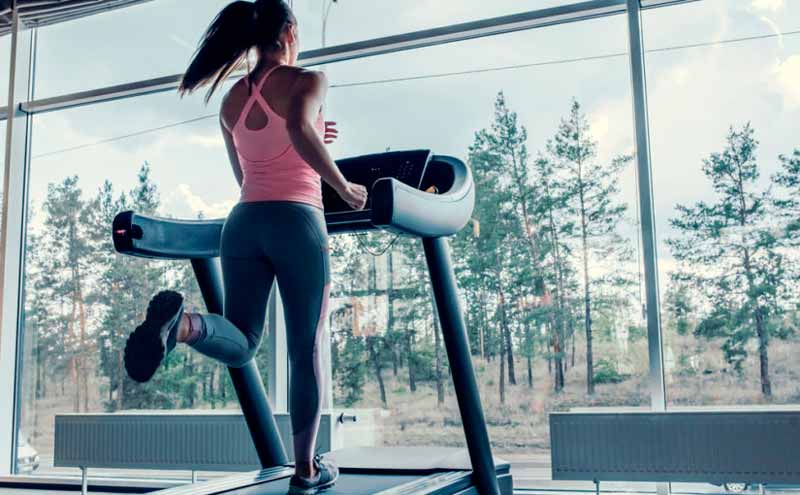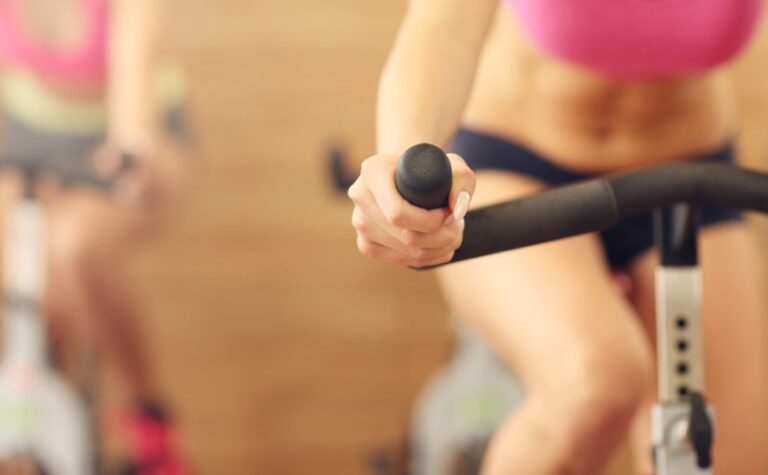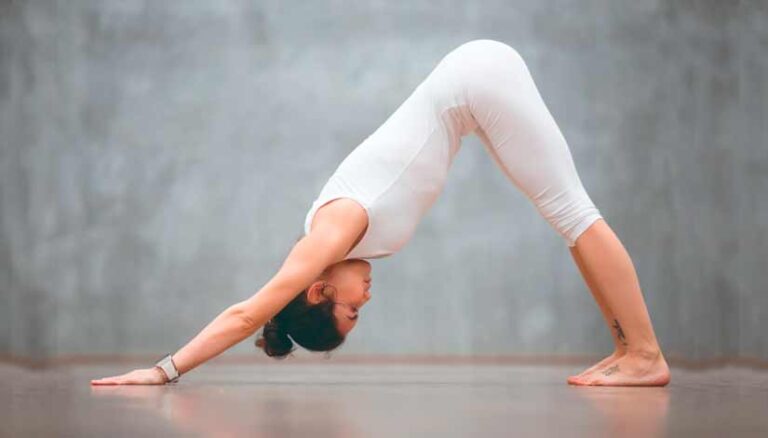
You have probably heard more than once about the so-called “after burn effect “, and how most athletes always seek to maximize its incidence, especially in weight loss or body fat reduction routines.
In this article we are going to teach you some cardio exercises with a great after burn effect, but before you start with them, do you know what exactly the after burn effect is?
What is after burn? Some exercises to maximize it
When you exercise, your body’s rate of operation skyrockets. Oxygen consumption rises dramatically and metabolism also spikes its levels in a very short time. This creates an oxygen deficit, which takes a few minutes for the body to recover.
However, once the activity stops, the body seeks compensation for that initial deficit. Breathing takes time to slow down again, and metabolism also takes time to slow down. In addition, a series of recovery and regeneration processes begin, which trigger the energy consumption that your body demands even if physical activity has already stopped. This extra demand for energy is the after burn effect.
“Its duration depends on the intensity and type of exercise performed, but it can last up to 72 hours.”
1. Running with changes of pace
The changes of rhythm in general help to improve the after burn of any exercise. By constantly altering the amount of oxygen your body requires, you make it difficult for it to achieve homeostasis, and therefore energy expenditure is higher. Go for a run and do short, high-intensity runs for 5 minutes, around 80% of your maximum pace, and then recover with 1 minute of light walking. Repeat this entire cycle for 4-8 reps.
This exercise helps to increase the metabolic rate and oxygen consumption, but by itself it is not enough for a good after burn because of its short duration. Use it as the second half of some session.
2. Circuits
Combining exercises of different types and that work different parts of the body is also a very good way to achieve a prolonged after burn in your training. Prepare a circuit with 12 stations, which you should intersperse different types of exercises: dumbbells for bicep reps, squat station, another abdominal work, a few steps, etc. . The important thing is that you do not repeat the same muscle group twice in a row.
Rotate through stations alternating 30 seconds of high intensity activity, with 10 seconds of rest between stations. Depending on your fitness level, you will be able to complete 2-3 laps of your circuit training.
3. Plyometric
The plyometric are widely used in the professional field so full that it is their work and the great benefits that entails. It is a type of training that improves both strength and endurance, as well as helping to prevent injuries. One of the easiest ways to get started with plyometric is to do basic jumping exercises:
- From a neutral position, standing upright and bringing your feet together, lower your body briefly to gain momentum and jump vertically, in a fast and explosive movement. Make sure you land on the pads of your feet, not your heel, and be sure to bend your knees to absorb the impact.
- Find a good size ladder that you can safely go up and down comfortably. Try to run through them by climbing each step one by one, resting both feet on it. Do it as fast as you can, going up and down until you can’t keep up.
- Jump from a raised platform about 40-60 cm from the ground. Land carefully, as in the first exercise, and jump back up as soon as you hit the ground.
Never work with plyometric more than once a week, especially if you are a beginner. Although this form of training has many benefits, it is also very demanding on the joints. Therefore, make sure to respect adequate recovery times




